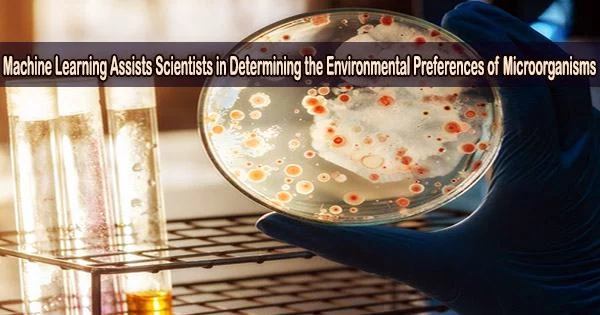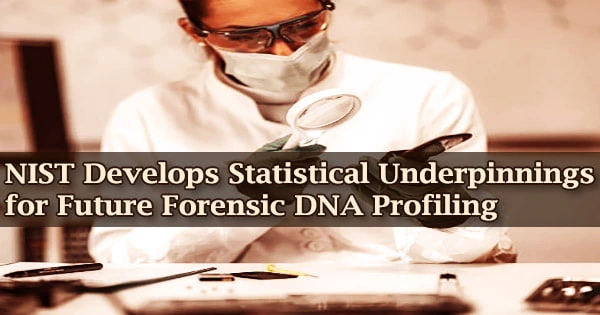Microorganisms are microscopic living organisms that are too small to be seen with the naked eye. They can be found in a wide variety of environments, including soil, water, air, and living organisms. There are several types of microorganisms, including bacteria, viruses, fungi, protozoa, and algae.
Using machine learning, researchers discovered a mechanism to predict bacteria’s ambient pH preferences based on a short peek at their genomes. The new technique, led by specialists at the University of Colorado Boulder, has the potential to influence ecological restoration efforts, agriculture, and even the development of health-related probiotics.
“We know that in any environment, there’s a ton of bacteria with important ecological functions, but their environmental preferences often remain unknown,” said Noah Fierer, a fellow of the Cooperative Institute for Research in Environmental Sciences (CIRES) and professor of ecology and evolutionary biology at CU Boulder. “The idea is to use this technique to figure out the basics of their natural history.”
“Understanding whether certain bacteria are most likely to thrive in acidic, neutral, or basic environments is just a first step,” said lead author Josep Ramoneda, a CIRES visiting scholar.
“You could use this approach to anticipate how microbes will adapt to almost any environmental change,” he said. Say, for example, sea-level rise is bringing more saline water into a coastal wetland. “We can anticipate how microbes will respond to these environmental changes,” Ramoneda said.
Understanding whether certain bacteria are most likely to thrive in acidic, neutral, or basic environments is just a first step.
Josep Ramoneda
The new work was published today (April 28, 2023), in the journal Science Advances, Co-authors include others from CIRES and CU Boulder as well as colleagues from Canada.
In addition to their ecological and medical importance, microorganisms are also used in various industries such as biotechnology, food and beverage production, and pharmaceuticals.
“Microbes, including bacteria, are critical to the functioning of ecosystems; helping plants grow, enabling nutrient cycling in lakes, and even supporting human digestion. But often, they’re impossible to isolate and grow in the lab, so we often know little about them,” Ramoneda and Fierer said except for their genetic makeup.
Recent genetic “fishing” approaches have resulted in exponentially expanding databases of bacterial genomes.
So the researchers used what scientists already knew about a few bacterial species that flourish at one pH or another, and then used machine learning to connect those groups’ environmental pH preferences with their genetic composition. The researchers sorted through the genomes of over 250,000 different species of bacteria from roughly 1,500 soil, lake, and stream samples.
“What we found is we can make inferences about their pH preferences based on genomic data alone,” Ramoneda said.
One of the most obvious consequences for scientists is that it could help them cultivate colonies of fussy bacteria they’ve never been able to grow previously by providing a preliminary estimate at what pH to employ.
“It can take years to figure out how to ‘culture’ bacteria so they can be studied in the laboratory and the machine-learning method could make that process far, far more efficient,” Fierer said.
“Agricultural and forestry experts also often add live bacteria to “inoculate” growing plants with helpful communities of bacteria,” Ramoneda said.
By ensuring that inoculants are pH-adapted, they may now gain faster and better insight into the types of bacteria that can assist restore native prairie vs. pine forests, or to better grow maize or soybeans.
The scientists will then attempt to get insight into bacteria’s temperature preferences, another complicated system presumably involving many, many genes. This could aid in their understanding of how warming would affect soil bacterial communities, for example.
“The alternative is to try to grow them all in the lab, and that’s painful,” Fierer said.
















